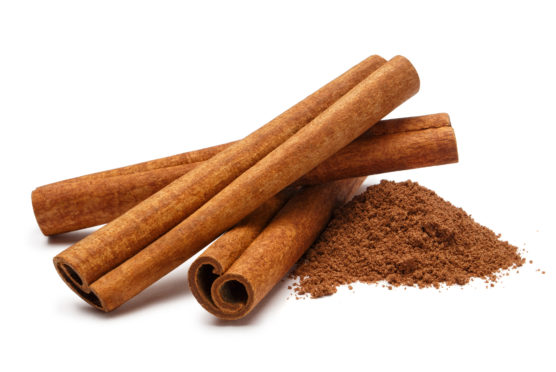The spice of life: How cinnamon from Sri Lanka is being hailed as a new superfood in fight against diabetes
Posted on October 28th, 2019
by Toby McDonald Courtesy The

It’s the sweet-smelling spice we associate with treats at Christmas time and morish Danish pastries.
But far from a luxury that will pile on the festive pounds, cinnamon could help lead the fight against diabetes – but only if it is from Sri Lanka.
A sprinkle on your daily porridge could help ward off the condition that affects one in 25 people, new research suggests.
In China and India, the spice has long been recommended for its medicinal and spiritual properties.
Since arriving in Britain more than 600 years ago, it has flavoured dishes from apple pie to mincemeat.
Now scientists at Aberdeen University’s Rowett Institute have compared the four most widely available varieties of the spice, which is gathered from the bark of the laurel tree.
Cinnamon is widely grown across Asia, with China, Vietnam and Indonesia supplying most of the world’s kitchen cupboards. But researchers found that the rarest of them all – true”, or Ceylon cinnamon – is the most potent in reducing blood sugar levels, may provide a key to managing diabetes, and helps the body’s defences.
Up to 500,000 people in Scotland are at high risk of developing Type 2 diabetes, as 87% of people are above their ideal weight.
Dr Viren Ranawana, the nutritionist who led the study, said: It is all about prevention. How can we stop people getting ill? And having a diet high in these natural products which are rich in nutrients can hopefully help. If you are eating a lot of high-glycaemic foods and then you are having some natural products, that can help to reduce the glycaemic impact.”
He added: In traditional medicines, like in China and India, cinnamon is often recommended as a treatment for the whole body, but the one aspect that has not been studied is the varietal differences.
We thought it would be interesting to take these main four varieties of cinnamon, used in cooking around the world, and compare their diabetic properties.”
Cinnamon is a spice created from the inner bark of the Cinnamomum tree. Strips of the inner bark are dried until they curl into rolls known as cinnamon sticks, or quills. These can then be ground into powder or made into an extract.
Its unique properties come from its essential oils and compounds, particularly cinnamaldehyde. This compound gives cinnamon its flavour and aroma, and is also key to many of its health benefits.
The Ceylon spice – Cinnamomum verum – is tan-brown and contains many tight sticks with soft layers. It is pricier than the more common cassia.
Researchers took the four cinnamon varieties and dissolved them in alcohol to extract the active ingredients. Then they put high-starch bread and cinnamon through an artificial stomach”.
Dr Ranwana said all four, in particular the Chinese and Indonesian cinnamon, had active antioxidants, which defend cells from damage caused by molecules known as free radicals. Also, all types had a positive effect on starch digestion – up to a thousand times better than some drugs already used to control diabetes. But the Ceylonese variety was particularly effective in slowing the break down of starches – which can send blood sugar levels soaring. It also had a large number of phytochemicals, which are believed to protect cells from cancer.
Dr Ranwana, whose study was published in thePlant Foods for Human Nutrition journal, concluded: Ceylon cinnamon showed the best results, even though Chinese and Indian cinnamons were better at reducing enzyme activity.
Something that really tipped the balance for us was the coumarin. Ceylon doesn’t have any, while others do.
So Chinese, Indonesian and Vietnamese may affect diabetes control, but your liver may take a hit. Ceylon does not have this problem.”
Dr David Cavan, former director of policy and programmes at the International Diabetes Federation, said: This adds weight to the idea that cinnamon can be effective in helping reduce glucose levels.
Adding cinnamon to starchy foods could be helpful in reducing the effect on blood glucose levels in people with Type 1 or Type 2 diabetes.”
Ashley MacMillan, head tutor at the prestigious Edinburgh School of Food & Wine, said: Cinnamon is the second most popular spice after pepper. Now it appears it may have beneficial qualities beyond its taste.”
Spice has been fought over for centuries
It is most famous for tea exports, but Sri Lanka is inextricably linked with cinnamon.
In fact, the botanical name of the spice, Cinnamomum zeylanicum, is derived from the former British colony’s previous name, Ceylon.
The spice wars of the 17th Century saw the British, Dutch and Portuguese battle for the island, with cinnamon seen as essential to foreign invaders.
It became one of the main exports of the Dutch East India Company, and the subject of protracted and expensive wars between Portugal and Holland.
Today, Sri Lanka is one of the leading exporters of cinnamon, producing about 80% of the world’s output.